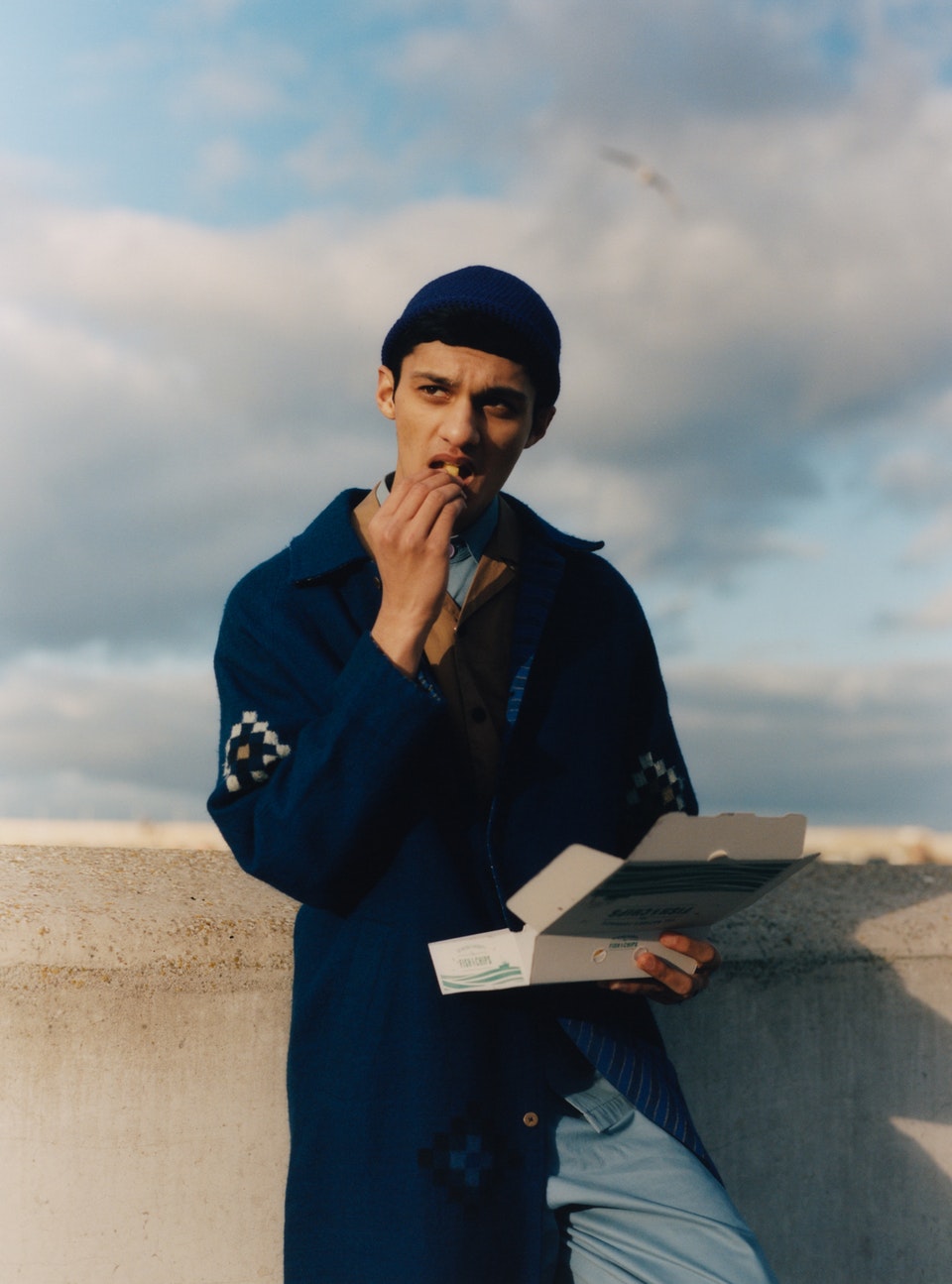Portrait of Britain is inviting photographers to submit images that reflect the unique heritage and diversity of our country and show the face of modern Britain. 100 winning portraits will be selected for a public exhibition showcased nationwide in September 2016.
We’re asking portrait photographers what goes into making the perfect portrait – this week we hear from Wales-based photographer Clémentine Schneidermann.
In your view, what makes a compelling portrait?
It is a fine combination between the subject, the light, the colours, the framing, the tension and the distance between the photographer and the model. It has to be perfect without looking perfect.
What attracts you to a potential subject?
The personality of the subject – how does this person stands out from the crowd. I find my inspiration in the everyday life, I don’t work with professional models. I pay a lot of attention to the clothes, the efforts people make to stand out and take care of themselves. I am interested in the fragility and the vulnerability [of the subject].
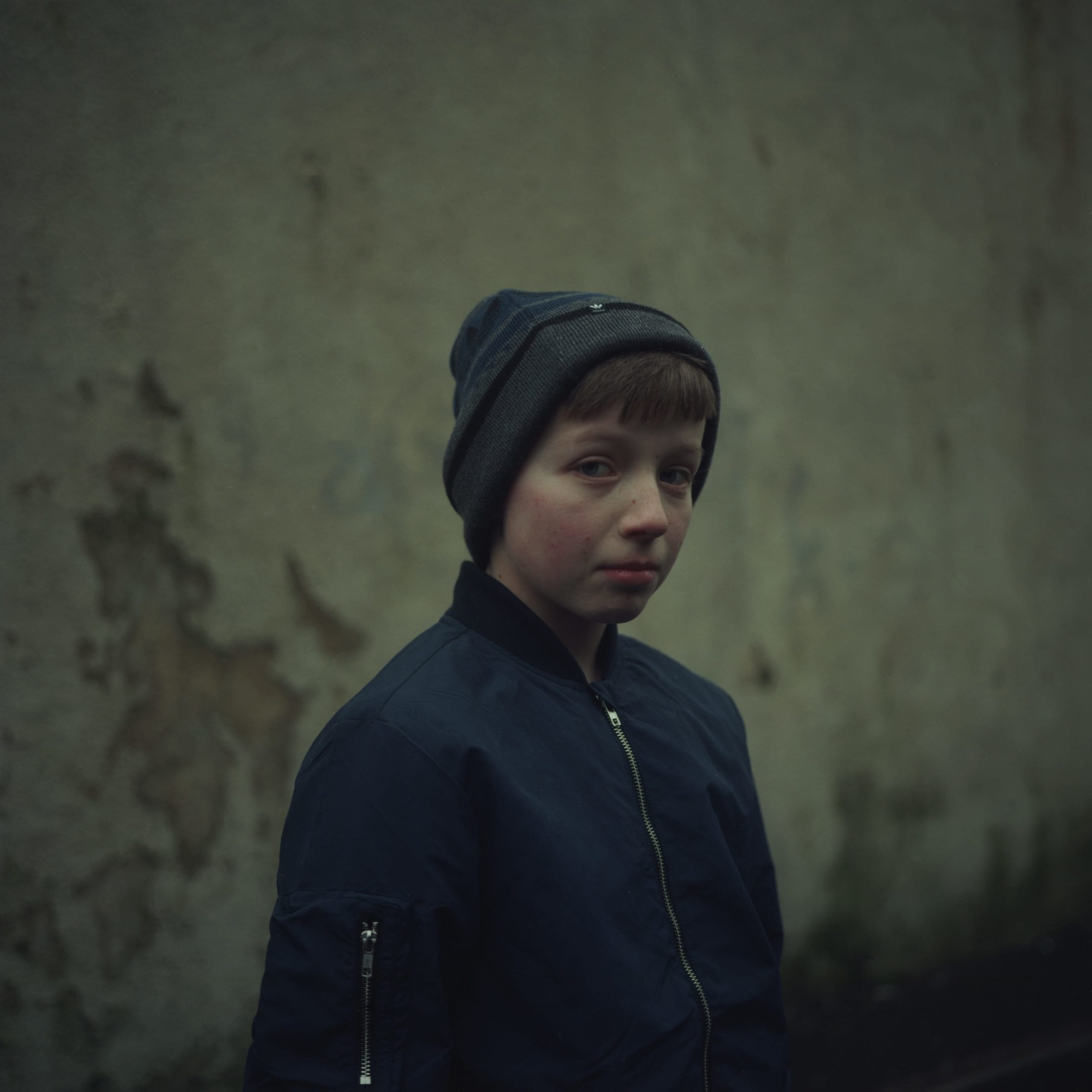
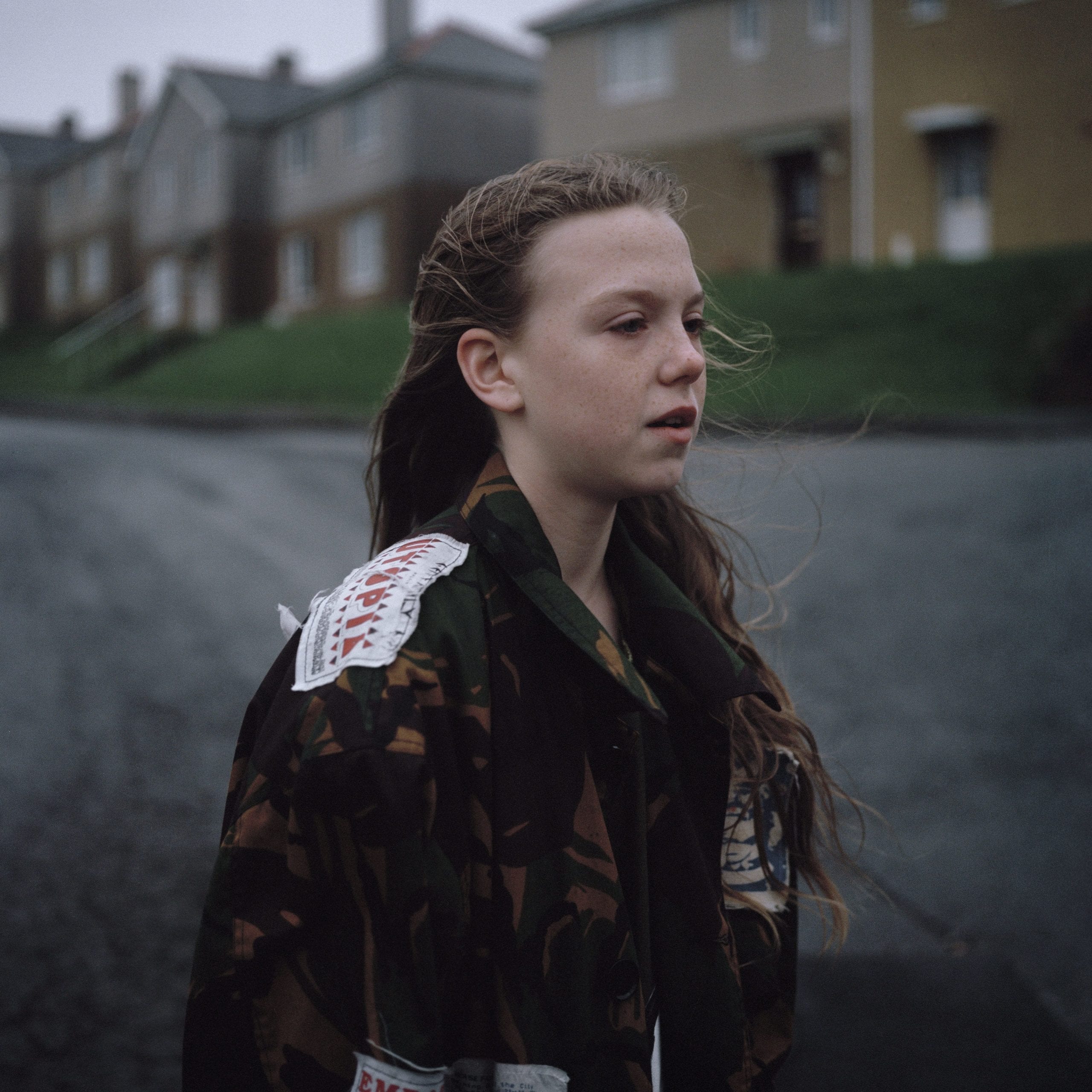
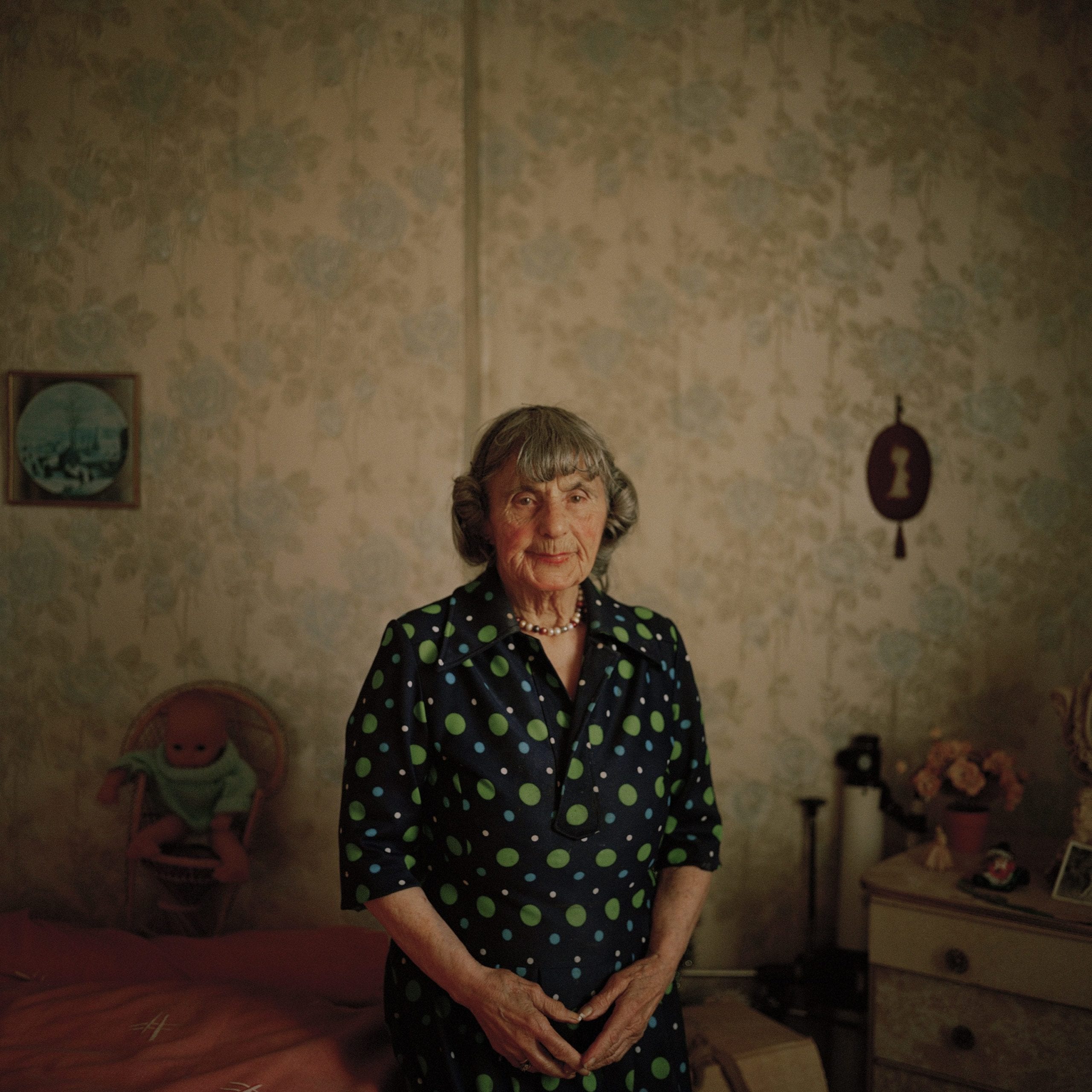
There is something extremely difficult but also rewarding in portraiture that I find always challenging. Directing and casting models in the public space is fascinating and it is something that I started doing naturally as I observe people a lot – if I had to chose between a landscape, a still life or a person, I would naturally be interested in the human. By approaching strangers you also expose yourself and learn a lot about yourself.
You’re a French photographer based in Britain – what have you learned about the country and its people through taking portraits of British people?
Oh, many things. I have been based in Wales for the past three years, and it has been fascinating. My projects has lead me to a very different range of places such as the Elvis festival in Porthcawl, Elvis tribute concerts all around South Wales, various estates in the Valleys, the gipsy horse fair in Appleby. But also Christmas parties with old people, pubs, clubs, and by now I probably know every single customer from the Wetherspoons in Abertillery. I have mostly photographed in small towns in Wales so I don’t have a cosmopolite experience of Britain. I have never photographed in London for instance or any other big cities.
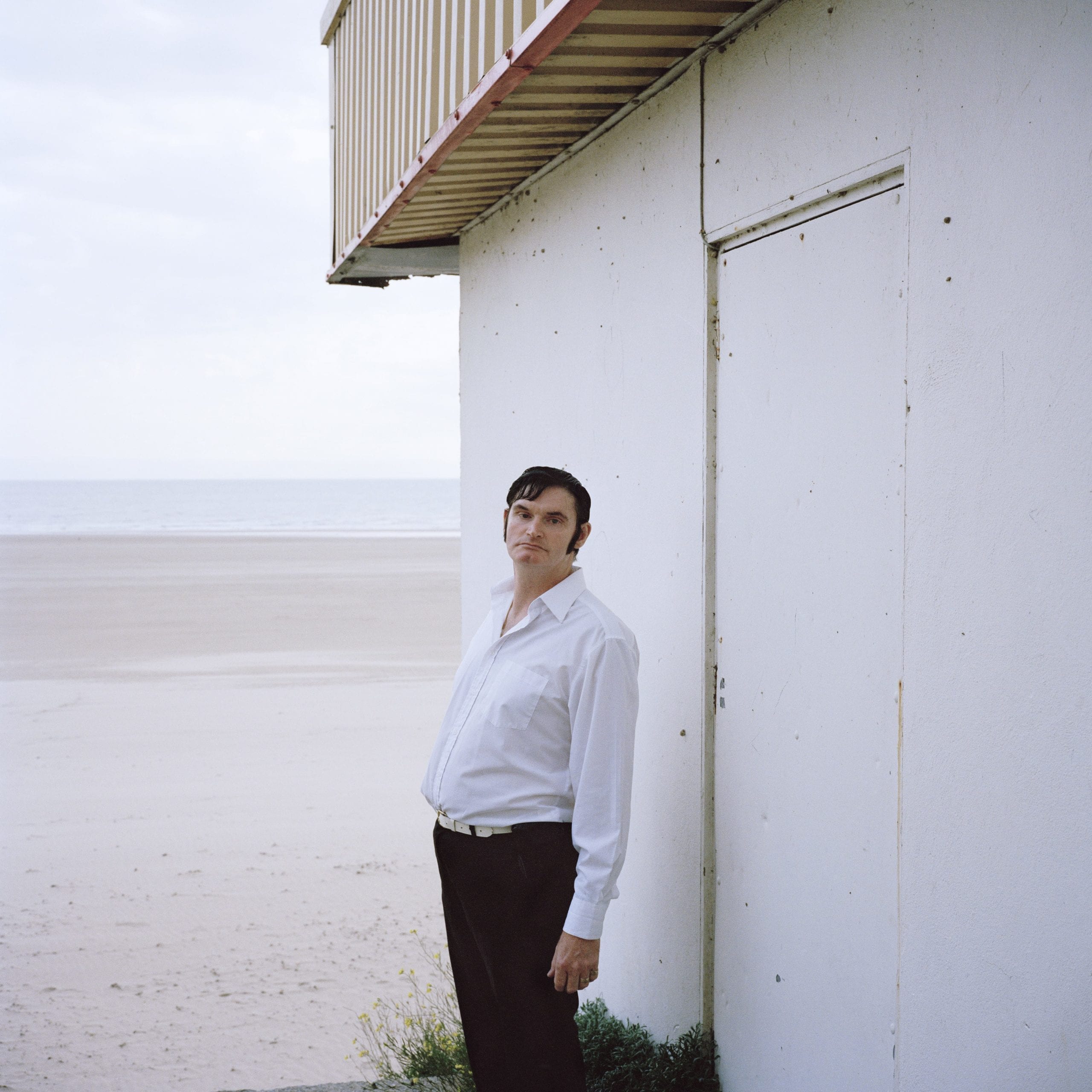
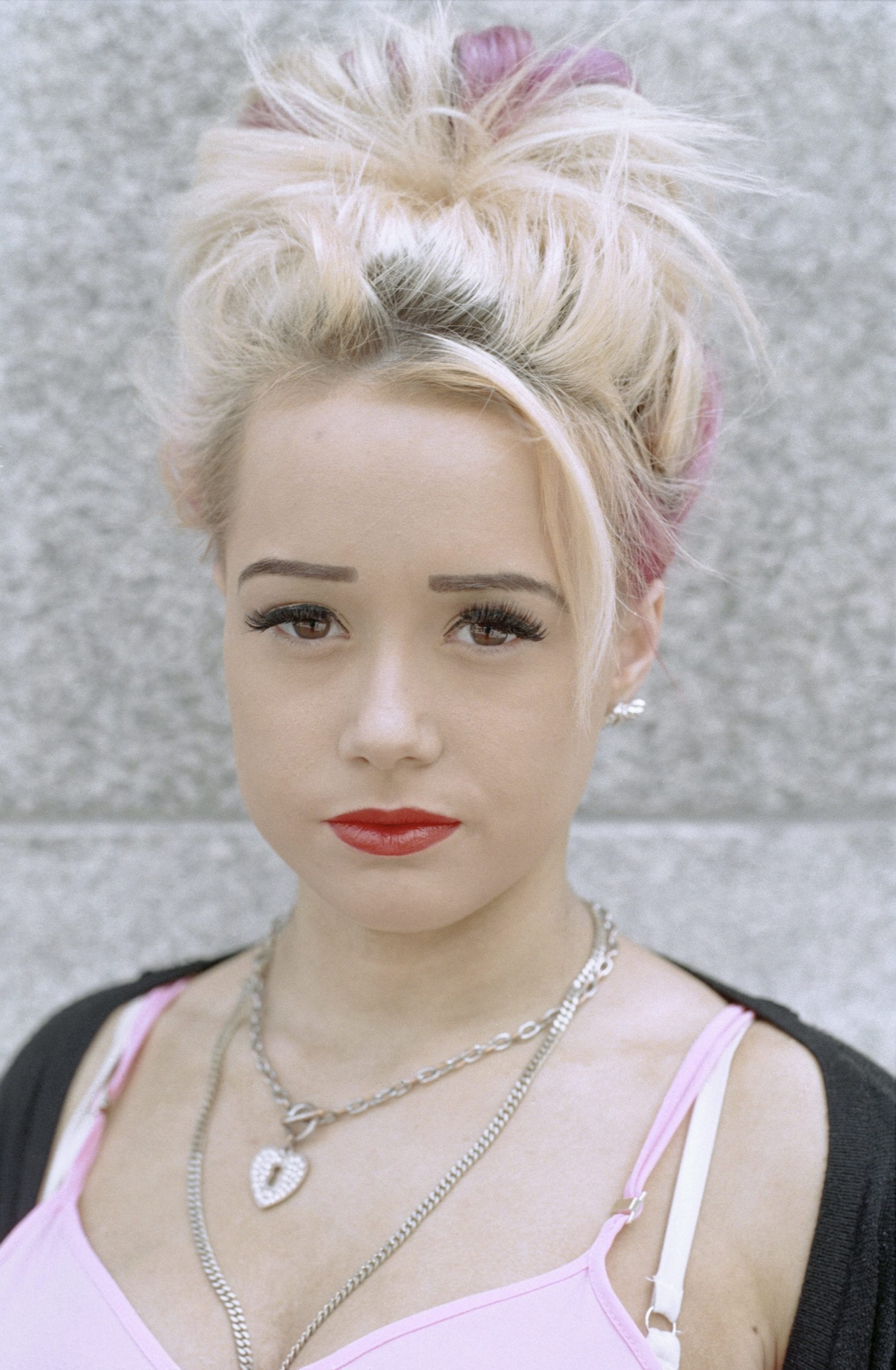
Most of the places where I photograph suffer from a high unemployment and as a result, poverty, in a region where it rains more than it shines. This lack of opportunities is linked with the closure of many industries in the past, and you can feel a melancholia and a sadness.
This social experience of Britain, which has been already explored by many cinematographers and photographers, has taught me a lot about the representation of a place and how to challenge stereotypes. I found a beautiful fragility in the landscape and in the people – but also a cheerfulness, a community spirit and a desire to escape in various ways.
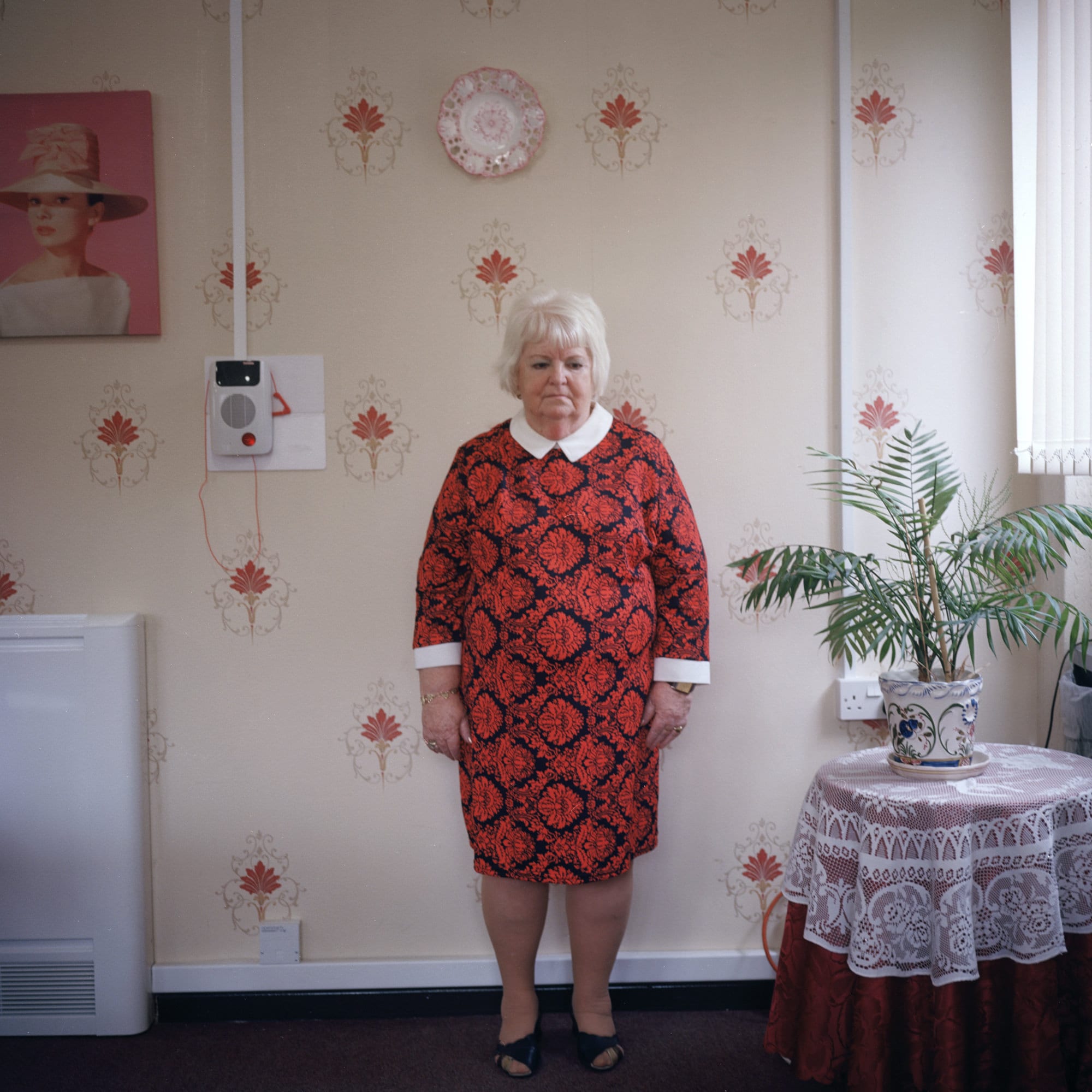
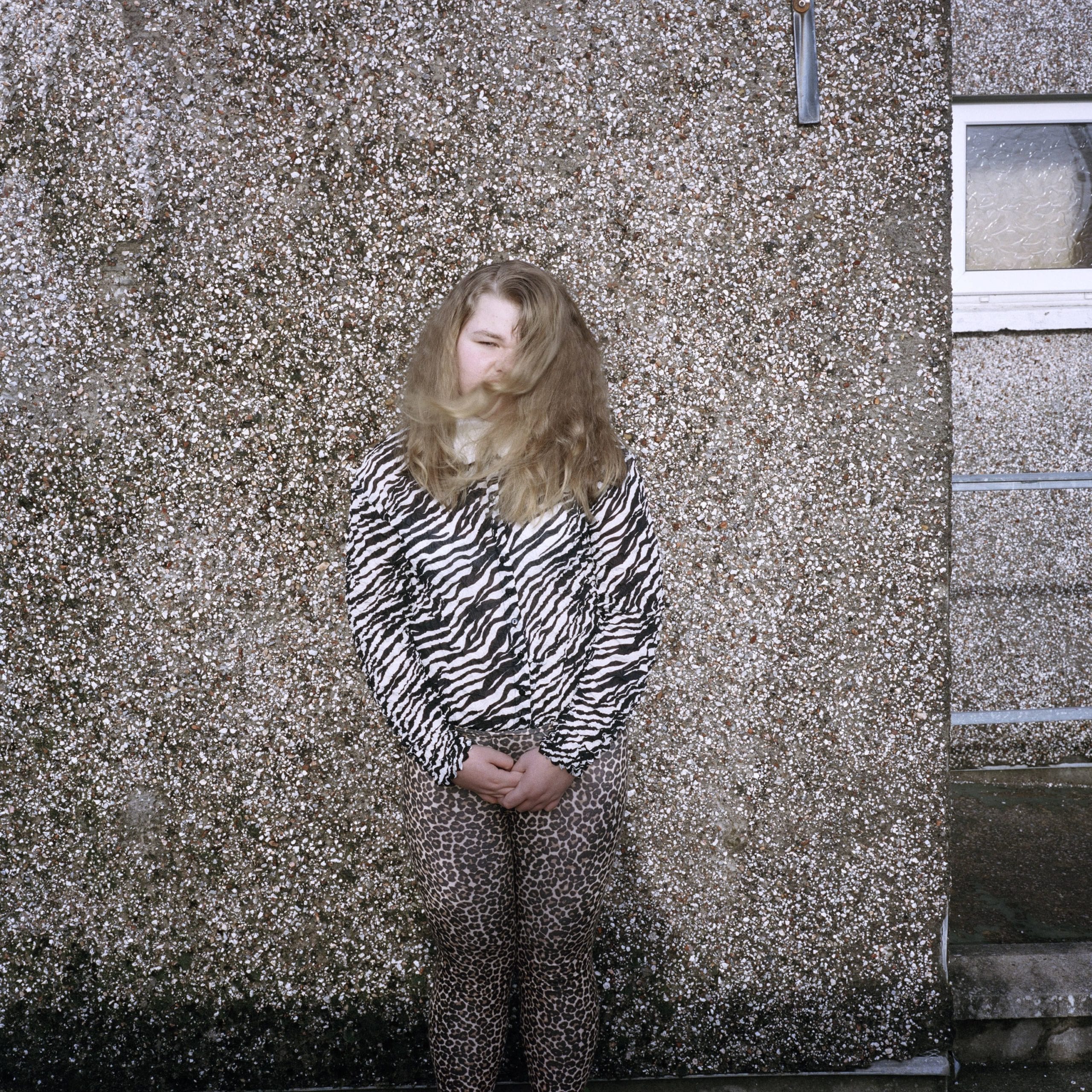
When I was 17 I saw a Martin Parr retrospective at the Jeu de Paume in Paris; it was the first time I became aware of the Britain’s documentary photography tradition and the representation of the British working class culture. I then started to be interested in Chris Killip, Tom Wood, Paul Graham and Julian Germain, but also fashion photographers such as Tim Walker who also captures ‘Britishness’ in his own way.
Most of the work coming out from the seventies and eighties never cease to amaze me – there is something very brutal and chaotic, but also beautiful linked to Margaret Thatcher’s reign.
Find more of Clémentine’s work here and follow her on Instagram.
Want millions of people nationwide to see your image? 100 winning portraits for a public exhibition to be showcased on JCDecaux digital screens nationwide – enter Portrait of Britain. Deadline: Monday 20th June 2016.


